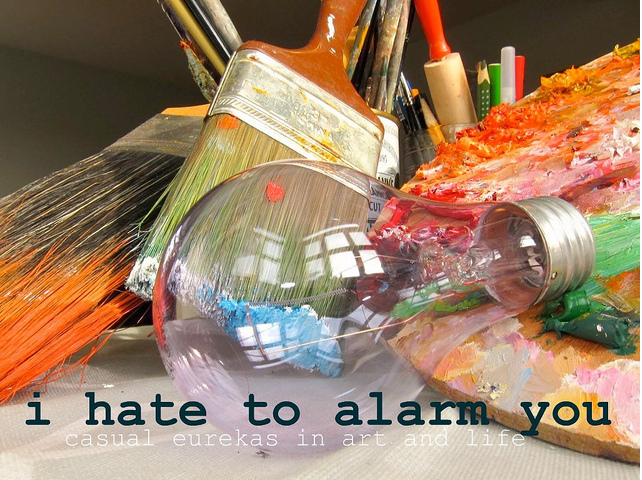Chances are that you or someone you know owns a Thomas Kinkade since according to critic Jerry Saltz, his reproductions hang in one out of every twenty American homes. If so, then you know that he recently passed away, and you have probably read articles like
this one on the merits of his legacy.
 |
| Kinkade with one of his paintings |
The fire behind this article reminds me of the criticism that the last Norman Rockwell exhibit at the Museum of American Art received, and in fact Saltz draws a comparison between the two in his article. People were up in arms about the legitimacy of the illustrator being celebrated as an artist. Saltz states that "the reason the art world doesn't respond to Kinkade is because none —
not one — of his ideas about subject-matter, surface, color,
composition, touch, scale, form, or skill is remotely original." Similarly, critics decried Rockwell's work as trite, sentimentalised, expected.
 |
| Norman Rockwell illustration |
The difference between Kinkade and Rockwell though lies in their personal recognitions and definitions of their own practice. While Kinkade churned out sticky-sweet images of bliss and called it art, Rockwell strained a human experience down to its emotive core and called it illustration. Navel gazing gets a bad rap it the art world, but when it helps an artist distinguish craft from the muse it's more than permissible: it's necessary.




















